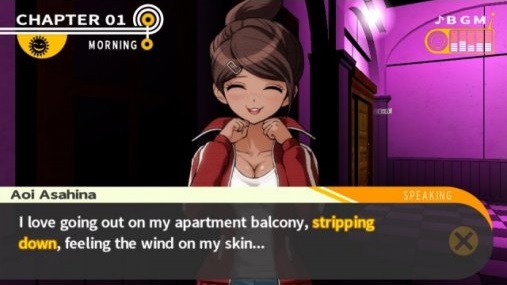Shooting down a bad argument has never been so literal.
Danganronpa: Trigger Happy Havoc is a visual novel/adventure game originally released on the PSP. Fans of The Hunger Games and its Japanese predecessor, Battle Royale, will feel right at home with the story: a high-school class at Hope's Peak Academy is locked in a school where the only chance for escape is to murder each other, facilitated by a maniacal mechanical teddy bear named Monokuma.
There are rules, of course, or else the game would have been better suited for an action game than an adventure title. The murderer cannot get himself or herself caught; if it can be proven who the murderer is, then that person is given the title "the blackened" and is executed. If the wrong person is picked, then the rest of the class is executed, and the killer goes free. The executions are usually themed to match the killer's motive or personality, and can either be very satisfying or disturbing, depending on how sympathetic they appear in the story. All the activities in the school are monitored by security cameras, allowing Monokuma to preside as a knowing judge over the deliberations.
This is the basic premise of Danganronpa, and at first it's not quite enough, because of the generic set of characters and the bland dating sim approach to the gameplay between murders. Each of the characters was selected to attend the prestigious Hope's Peak Academy due to an extraordinary ability or attribute: the Ultimate Gambler, the Ultimate Baseball Player, the Ultimate Prodigy Novelist, the Ultimate Otaku, the Ultimate Fashionista, etc, with each playing to one extreme anime archetype or another. You play as Makoto Naegi, a completely average student selected at random to attend the Academy, as the Ultimate Lucky Student.
It took me a long time to get through the game's prologue and the first part of the first chapter, due to the characters being such standard anime tropes (especially Sayaka, the Ultimate Pop Idol, the girl you are forced by the game to engage with). I found myself really, really bored by what seemed to be the same standard interactions with the irresponsible guy, the aggressive guy, the stuck-up class-president, the martial artist, and three different types of tsundare (a shy girl, the sporty girl, the pervy otaku).
This generic feel lasts through the initial murder investigation, which plays out very similar to Capcom's Ace Attorney series, investigating clues and drawing inferences about the murderer and his/her motive and collecting these for the Trials. This gameplay is only slightly more interesting that that, and having to walk through the 3D environments from one area to another to pick up clues takes an unnecessarily long time.
But during the first trial, and especially the later ones that followed, the game suddenly comes together. Characters begin to show deeper and more complex development, and the innovative gameplay keeps the whole thing dynamic. Danganronpa suddenly delights, throwing in the kitchen sink, bouncing between ridiculous camp and over-the-top exploitative character reveals.
Rather than follow the Ace Attorney model to the letter, Danganronpa expands on the format with a series of timed mini-games. In the most prominent one, you listen to classmate arguments with your evidence loaded as bullets, which you use to literally shoot down their inconsistencies by shooting the dynamic subtitles. Other games include a dynamic form of hangman and a rhythm game where you have to burst through an opponent's delusions. The final game is a mix-and-match comic book, where you reconstruct the crime with all the clues and information revealed in the trial to lay out the case before the court.
Bonuses to gameplay (added time, more damage caused by your arguments, etc) can be achieved by getting close to other characters emotionally before the murders happen in each chapter, which also helps flesh out their backstories.
However, Danganronpa has some of the same problems as other investigative game series, like Ace Attorney and Sherlock Holmes, where you may have already figured out the solution to a trial puzzle, or while investigating where you need to get a later clue from, but the game won't let you do so until you go through some of the motions for Makoto to figure it out. Additionally, clues can sometimes be so similar that it's difficult to tell which one you're supposed to use for a specific prompt; this is especially true of the comic-book sections at the end of each trial.
While we were asked to comment only on the story from chapter one by the distributor, there is the subject of one character's gender that is handled in a very exploitative way in a later chapter, implying that femininity is equal to physical and emotional weakness. Due to the potentially triggering nature of this episode for players sensitive to issues of gender, I felt it would be irresponsible not to mention it.
On a whole I enjoyed Danganronpa, whose overarching plot becomes more and more fascinating as the game continues and the characters evolve. The gameplay of the Trials is fun, especially when a character suddenly exposes some information that changes the nature of the case, mid-trial! While it does have some issues similar to other investigation-themed video games, its novel approach and unique story help keep it fresh.
-
Characters and gameplay are dull at start
-
Picks up with clever Trial gameplay
-
Characters develop strongly
-
Unique storyline
-
Some clues are too similar
-
3D environment is unnecessary
Danganronpa Review Screenshots
-
Danganronpa Review Screenshots #1
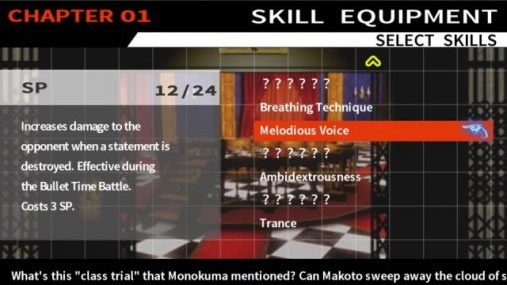
-
Danganronpa Review Screenshots #2
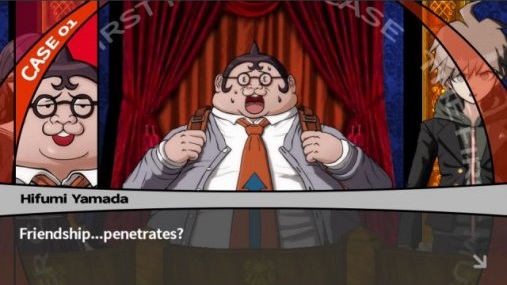
-
Danganronpa Review Screenshots #3
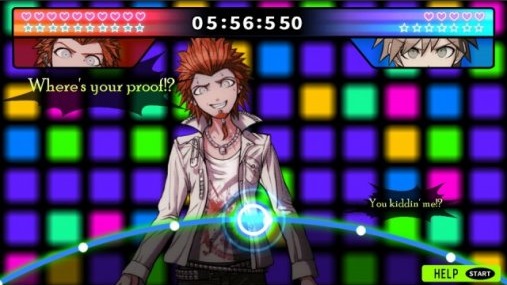
-
Danganronpa Review Screenshots #4
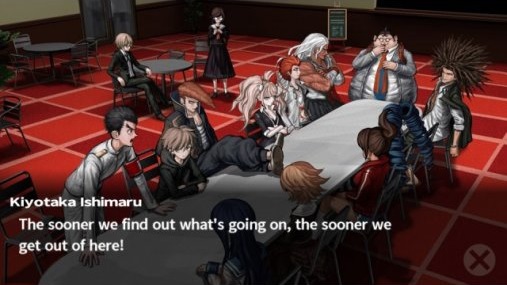
-
Danganronpa Review Screenshots #5

-
Danganronpa Review Screenshots #6
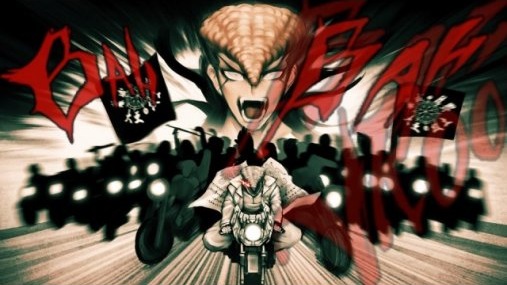
-
Danganronpa Review Screenshots #7
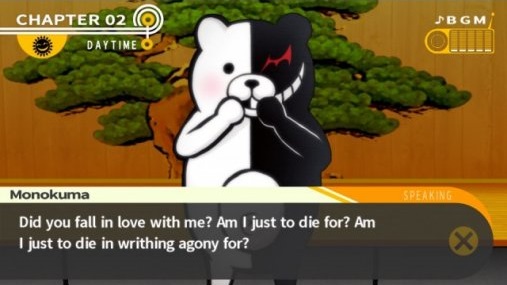
-
Danganronpa Review Screenshots #8

-
Danganronpa Review Screenshots #9
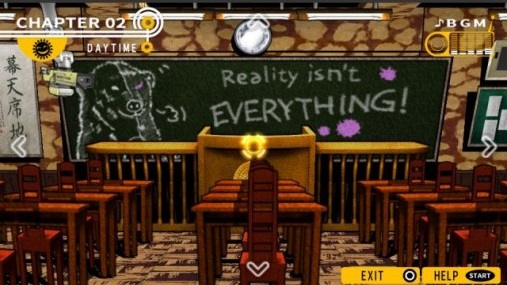
-
Danganronpa Review Screenshots #10
